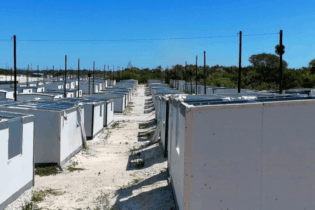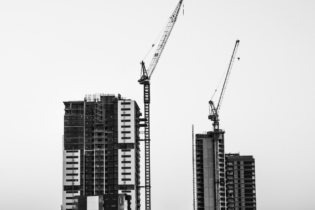With the population in cities estimated to expand by an additional 2.5 billion people in the next 35 years, the international community is turning its attention towards building sustainable cities this World Cities Day.
Celebrated on 31 October, World Cities Day will focuses on infrastructure in all its forms. “Globally, the annual investment required to cover the gap for resilient infrastructure is estimated at $4.5-$5.4 trillion,” says Riaan Graham, sales director for Ruckus Networks, sub-Saharan Africa. Graham notes that while no two cities are the same harnessing a new world of digital technology and communication will be instrumental to achieving sustainable smart cities.Building on connectivity
Connectivity is a foundational layer to Smart Cities, both for Internet access and new digital services. A great starting point for cities is to deploy public Wi-Fi. Continues Graham; “Public Wi-Fi is a great way to create a more vibrant community and also connect citizens, businesses and visitors. But the benefits of Wi-Fi don’t stop there. “Cities are leveraging smart Wi-Fi for many applications that go well beyond free public access to the Internet such as e-routing traffic, monitoring air pollution, conserving water, improving public safety and encouraging more direct participation, interaction and collaboration with local government offered services.”Sustainability lens
Alison Groves, Regional Director, WSP Building Services, Africa, agrees, but cautions that when planning, designing and building infrastructure within the African context, we need to be conscious that we are operating in spaces that sit at two extreme ends of the development cycle.“On one end, we have cities and urban centres that are faced with challenges to the maintaining the capacity of existing infrastructure networks. These nodes still boast long-term infrastructure planning, which includes introducing smart technologies into their city scape that will make these cities more connected, innovative and nimble in the face of future disruption.
At the other end of the cycle, however, we have vast areas that are underdeveloped, geographically dispersed, remote, and with limited accessibility to-and-from the nearest urban node.” Groves believes that to be able to support continued and future growth – of populations, industries and economies – long-term planning must be approached with a vision to compensate for both ends of the development cycle and everything in between. “As we look to build cities and spaces for rural communities that are liveable, resilient to disruptions, and future-proofed, sustainability is the way to get there.” “Sustainability is a lens through which the planning, project delivery, and development processes focus to achieve the needs of the communities today without sacrificing capacity for future generations,” Groves concludes.







